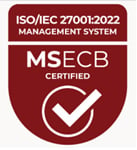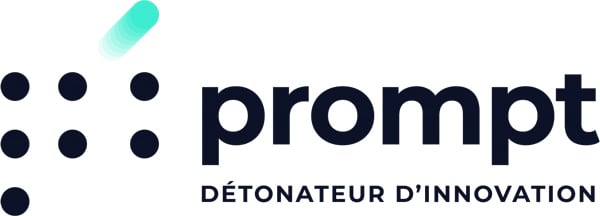Discover the applications of the CIS Companion suite
that will change the game.
Tangible benefits for your operations.
Flexibility tailored to your reality
Tools that can be configured according to your customer types, roles, and working methods.
Operational efficiency guaranteed
Automation of key tasks, reduction of errors, and increased productivity at every stage.
Decisions based on concrete data
Powerful dashboards and seamless synchronization with your ERP for a clear overview.
Need support?
Support at every stage.
Our team is here to guide you, from initial deployment to the ongoing evolution of your needs. Whether you need training, technical support, or best practices for use, you can count on us.




























